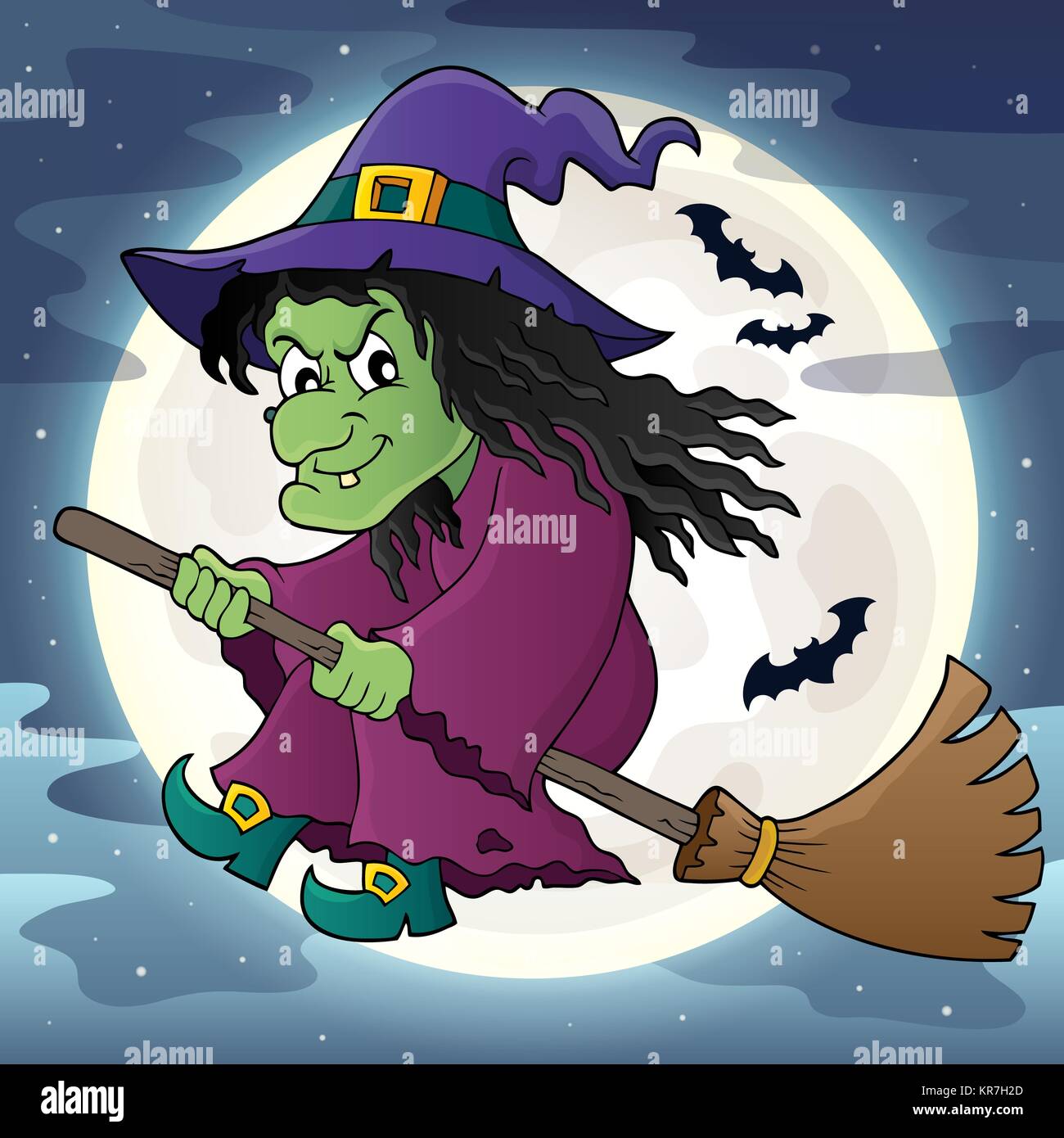

Together, these intrepid researchers discerned a variety of poisons that, in lesser quantities, could produce a desirable hallucinogenic effect. Popular plants experimented on included several tropane alkaloids like henbane ( Hyoscyamus niger), jimsonweed ( Datura stramonium), mandrake ( Mandragora officinarum), and deadly nightshade ( Atropa belladonna). Not everyone who experienced ergot poisoning minded the experience, and in fact many people, including women, actively worked with a variety of other plants for the express purpose of inducing sleep, as well as hallucinations. Thus, when a supply of rye became contaminated with ergot, those who consumed it sometimes also got a strong hit of the LSD-like fungus. Notably, ergot contains a number of compounds including some hallucinogens. Susceptible to a disease known as ergot, caused by the fungus, Claviceps purpurea, rye was so commonly infected with it that until the 1850s, people thought the purple ergot that grew on the rye was actually a part of the plant. Until quite recently, rye was the primary grain from which bread was made. To get high, of course! But seriously, it’s thought the idea of witches flying around on broomsticks came from the practice of concocting “witches flying ointment” (read hallucinogens) and then using a broomstick to administer the drug to certain sensitive regions, thereby bypassing some of the negative side effects these hallucinogens cause when taken orally.


 0 kommentar(er)
0 kommentar(er)
